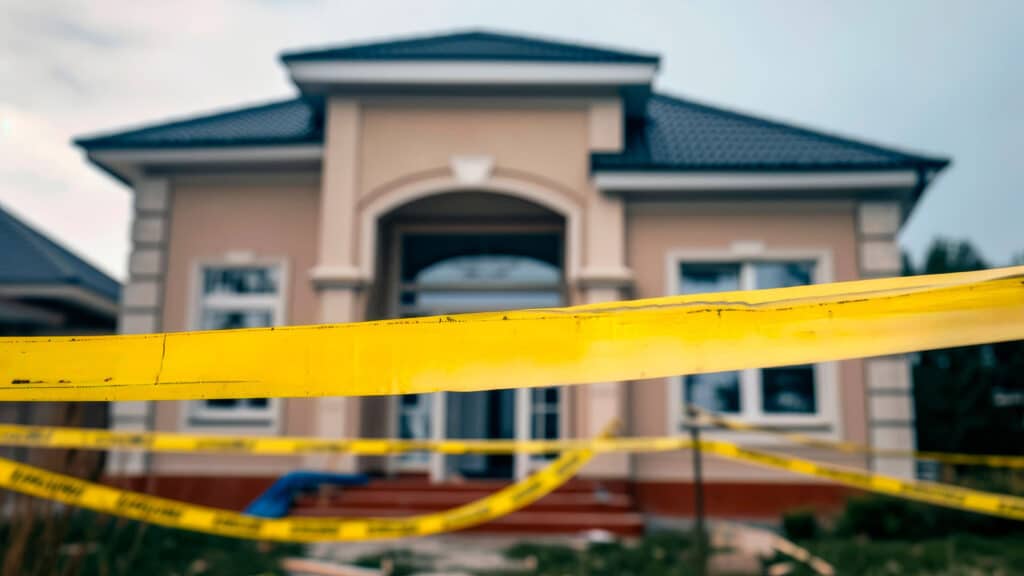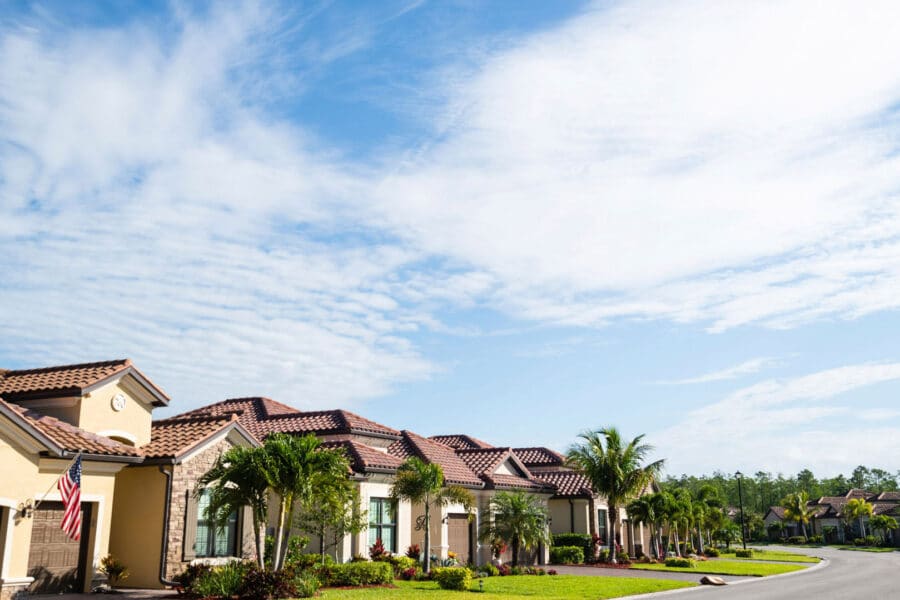
Firearm incidents and housing appreciation
Gun policies have been at the center of the country’s political debate for decades as incidents of mass shootings and violent crimes in schools have increasingly dominated news reports. Between 2014 and 2022, there were approximately 400,000 documented gun-related incidents nationwide, while Florida had 18,150 gun incidents, according to Gun Violence Archive, a nonprofit organization that provides information on U.S. incident-level gun violence. Research studies have documented various socioeconomic consequences of gun-related violence. For example, in counties with a mass shooting, earnings per capita decreased 2.4% and unemployment increased 1.1%, a survey of the well-being of a community declined 16 percentage points, and the share of Republican votes fell 1.7 percentage points.
As for gun violence’s effect on housing, one study found that prices for nearby homes fell 2.4% each year for four years after a mass school shooting and schools suffered lower enrollment. Such a result may not seem surprising given that the perception of an area’s level of safety may change after such an event — and may lead to fewer people wanting to move in, houses for sale remaining on the market longer and owners agreeing to lower prices. As risk-averse house hunters look elsewhere, the supply of houses in a neighborhood increases. To try to gauge the impact in Florida, we explored gun violence data in counties statewide to understand impact on housing markets at the community level.
Gun incidents
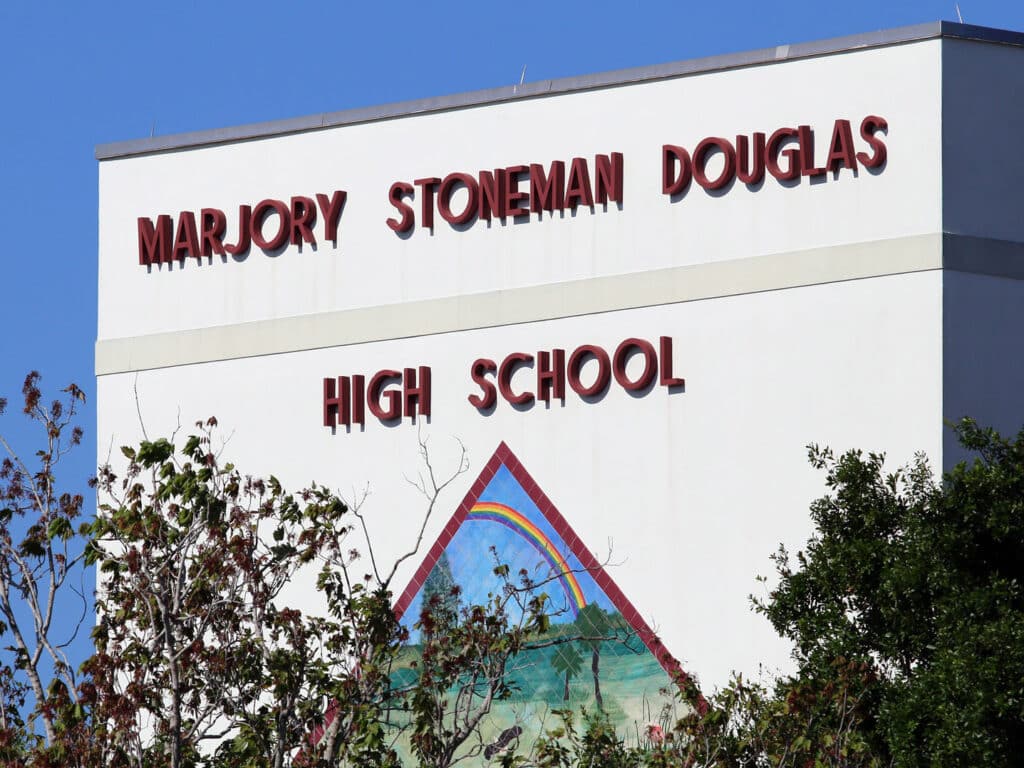
For our analysis, we used gun-incident data with both shooting and non-shooting incidents, including homicides, suicides, mass murders and even cases at schools when a gun is involved but no shot was fired. This recognizes that the mere possession of a gun on a school campus may raise fears among students and their parents — and cause parents to re-evaluate whether to keep their children in a particular school. Some incidents are accidental, such as those that involve firearm mishandling, self-defense gone wrong and stray bullets. An example is when a firearm owner believes that a gun was unloaded and accidentally shot themselves or someone else.
To streamline our analysis, we explored county-level data in Florida to see the extent gun violence may affect the sales price of single-family homes across a community. We examined Florida’s housing market using the arm’s length property transaction data for each county, obtained from Florida’s Department of Revenue. Given counties vary widely in population, we divided the aggregate number of gun incidents by every 100,000 individuals in each county. (We excluded the institutional population.) Figure 1 shows gun incidents are widely scattered across Florida, but it’s worth noting that counties in Central and North Florida experienced a higher proportion than counties in South Florida. For example, Miami-Dade, Florida’s most populous county with 2.7 million people, had 2,284 gun incidents, or 93 per 100,000, ranking it No. 25 among Florida counties. In contrast, Duval, with a population of roughly 1 million, had 2,910 total gun incidents, or 344 per 100,000, which ranked it No. 1. Duval’s annual gun incidents increased from 268 in 2014 to 364 in 2022. This was higher than the comparable numbers across Florida counties, which increased from an average of 25 incidents in 2014 to 33 incidents in 2022. Gun incidents in Miami-Dade increased from 223 in 2014 and to 290 in 2022.
Figure 1 – Incidents from 2014-2022 per 100,000 people
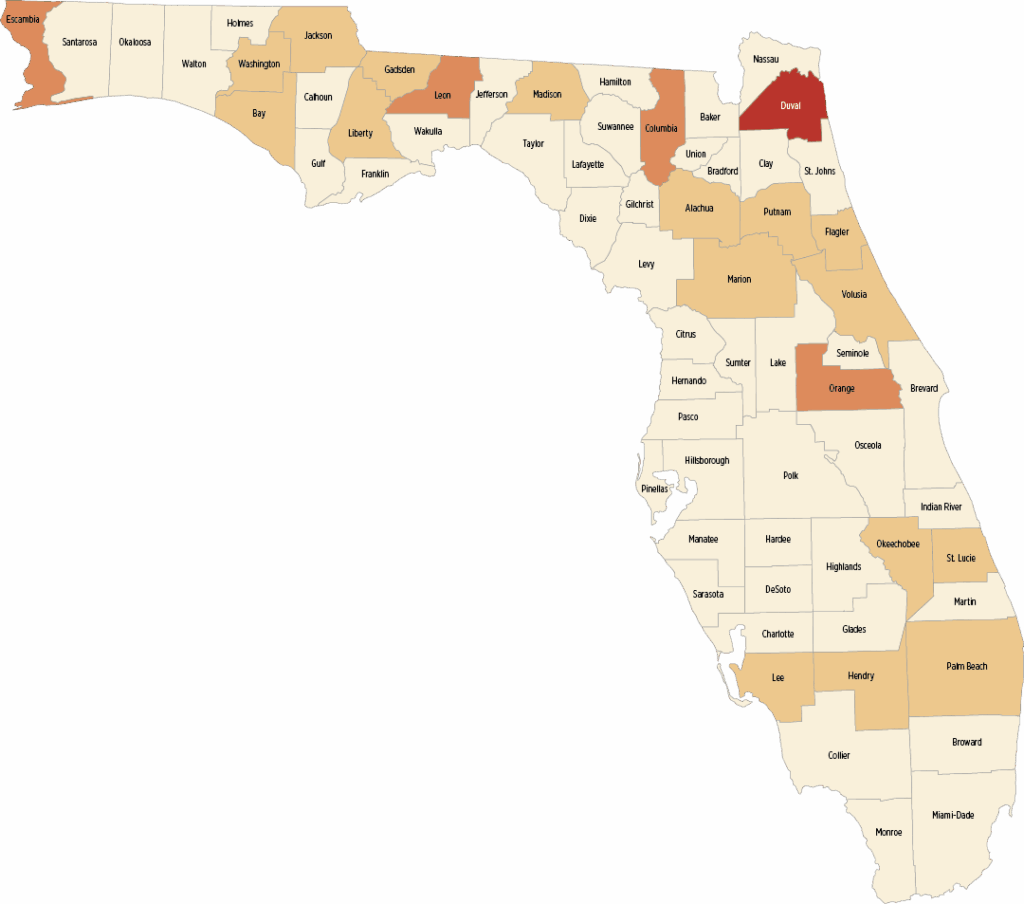
- Between 250 and 350
- Between 150 and 250
- Between 100 to 150
- Between 0 to 100
Sources: Gun Violence Archive, Bergstrom Real Estate Center
Figure 1 data
| County | Count per 100,000 |
|---|---|
| Duval | 345 |
| Escambia | 176 |
| Leon | 176 |
| Orange | 160 |
| Columbia | 153 |
| Jackson | 139 |
| Marion | 128 |
| Putnam | 121 |
| Gadsden | 115 |
| Palm Beach | 115 |
| Bay | 110 |
| Liberty | 108 |
| Flagler | 106 |
| Alachua | 105 |
| Hendry | 105 |
| St. Lucie | 105 |
| Madison | 104 |
| Washington | 104 |
| Lee | 102 |
| Okeechobee | 101 |
| Volusia | 101 |
| Manatee | 99 |
| Okaloosa | 99 |
| Taylor | 93 |
| Miami-Dade | 93 |
| Indian River | 88 |
| Dixie | 87 |
| Brevard | 85 |
| Holmes | 82 |
| Franklin | 82 |
| Jefferson | 82 |
| Calhoun | 79 |
| Highlands | 78 |
| Hillsborough | 75 |
| Lake | 74 |
| Broward | 66 |
| Nassau | 66 |
| Bradford | 62 |
| Baker | 61 |
| Monroe | 61 |
| Levy | 60 |
| Polk | 59 |
| Pinellas | 59 |
| Hernando | 57 |
| Gilchrist | 57 |
| Walton | 57 |
| Seminole | 52 |
| DeSoto | 52 |
| St. Johns | 51 |
| Sarasota | 50 |
| Martin | 50 |
| Gulf | 48 |
| Clay | 47 |
| Union | 46 |
| Osceola | 46 |
| Sumter | 44 |
| Suwannee | 42 |
| Santa Rosa | 41 |
| Citrus | 41 |
| Collier | 38 |
| Wakulla | 37 |
| Pasco | 35 |
| Lafayette | 30 |
| Glades | 26 |
| Hamilton | 26 |
| Charlotte | 25 |
| Hardee | 16 |
For simplicity’s sake, we examined how the housing market correlates to gun incidents visually for Duval and Miami-Dade, and then generalized this correlation using all counties and a simple regression analysis.
A hot housing market
It is well known that the housing market in Florida has been booming in recent years, particularly during our research period of 2014-2022. In Duval, for example, sales of single-family residential properties nearly tripled from 9,000 in 2014 to 24,000 in 2021. The number decreased to roughly 15,000 in 2022, undoubtedly because rising mortgage rates sapped potential buyers. The median sale price also jumped, up nearly 70% from $185,000 in 2014 to $310,500 in 2022. In Miami-Dade, sales increased from 14,500 to 19,000 from 2014 to 2021 and declined to 6,500 in 2022, with the median price doubling to $540,000 in 2022 from 265,000 in 2014. Duval and Miami-Dade’s trends mirrored the rest of the Florida, as the housing market was buoyed by the state’s increasing population, particularly among higher-income migrants.
For comparison, statewide mean house prices stood at $225,000 in 2014 and held steady for three years, and then jumped to $260,500 in 2018 and nearly $400,000 in 2022.
We visualize how house prices and gun incidents correlate in Duval and Miami-Dade counties in Figures 2a and 2b. For each year from 2014 to 2022, we measured the percent change in the mean annual sale price of single-family residences and percent change in the number of gun incidents. We found in many of the years, changes in home sales prices in the two counties responded to changes in gun incidents. In Duval County, house prices and gun incidents showed a clear negative correlation in 2018, 2019 and 2021, meaning if gun incidents went up the average annual home sale price fell. For example, in 2018, the average price was 10% higher than 2017, while gun incidents fell 20%. In contrast, the year-over-year sales prices fell 7% in 2019 as gun incidents increased 15%. Similarly, in Miami-Dade, in 2016, 2018, 2019 and 2020 the data showed an inverse relationship — meaning home sales prices in Miami-Dade decreased with an increase in gun incidents.
Sources: Gun Violence Archive, Bergstrom Real Estate Center
Sources: Gun Violence Archive, Bergstrom Real Estate Center
From visual to analytical evidence
While the charts indicate some correlation, they do not quantify the effect of gun incidents on the sale price of houses, if any. To address this, we employed a simple regression of basic housing market outcomes on the number of incidents in a county while controlling for fixed factors, income per person and population. The first set of fixed factors are observed and unobserved characteristics that remain stable over years for a county. These include the geographic and other characteristics of a county, such as its historic income level, has a higher propensity of crime and is a popular tourist destination. The second factors are observed and unobserved characteristics that affect all counties in a specific year. Examples include COVID-19 in 2020, which affected all counties, as well as the consequence of global economic turmoil and a change in federal interest rates. The results are summarized in Figure 3.
Figure 3 – Effect of gun incidents on housing market in Florida
Variable | Logarithm of sale price | Logarithm of assessed value | Logarithm of land value |
|---|---|---|---|
| Number of Incidents | -0.0003 *** | -0.0003 *** | -0.001*** |
| Observations | 2,454,886 | 2,452,745 | 2,370,167 |
Note: *** denotes the coefficient significance at 1%. The regression controls for population, income, year fixed effects, and county fixed effects. Robust standard error clustered at the ZIP-code level are reported in parentheses.
Data sources: Florida Department of Revenue and Gun Violence Archive
Collectively the data indicates that every incremental gun incident in a particular year was associated with a significant 0.03% decrease in sale price and assessed value of an average single-family residence within a county. This result is after accounting for the changes in sales price due to population change, income changes, relative importance of counties in the housing market and the yearly changes that affect the overall real estate sector of the state. In layman’s terms, if we compare two identical counties — one of which had one more incident than the other, then the sale price in that county was impacted by -0.03%. How is this possible given all counties were experiencing a booming market? It is possible as the price reflects the effect of a myriad of factors — not just gun incidents — those factors together outweighed the negative impact of just one factor. The association with land value appears to be slightly larger — a 0.10% decrease. These numbers can be thought of as an average negative association that applied to every county when considering the entire state. Looking at each Florida county by itself, however, we found that about 50% of the counties showed some negative association and about 20% of all counties showed a statistically significant negative correlation between gun incident and sale price.
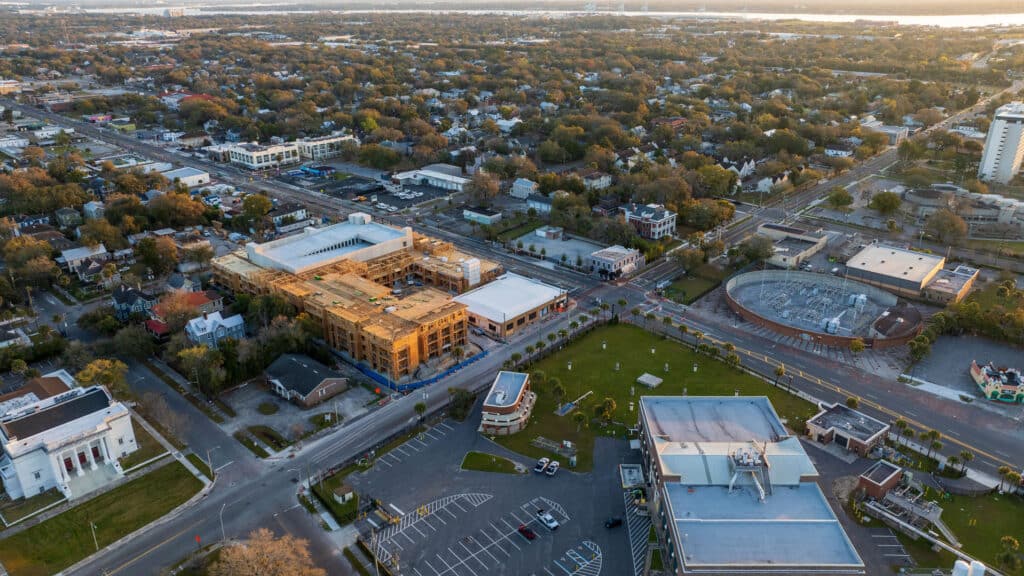
What the numbers mean
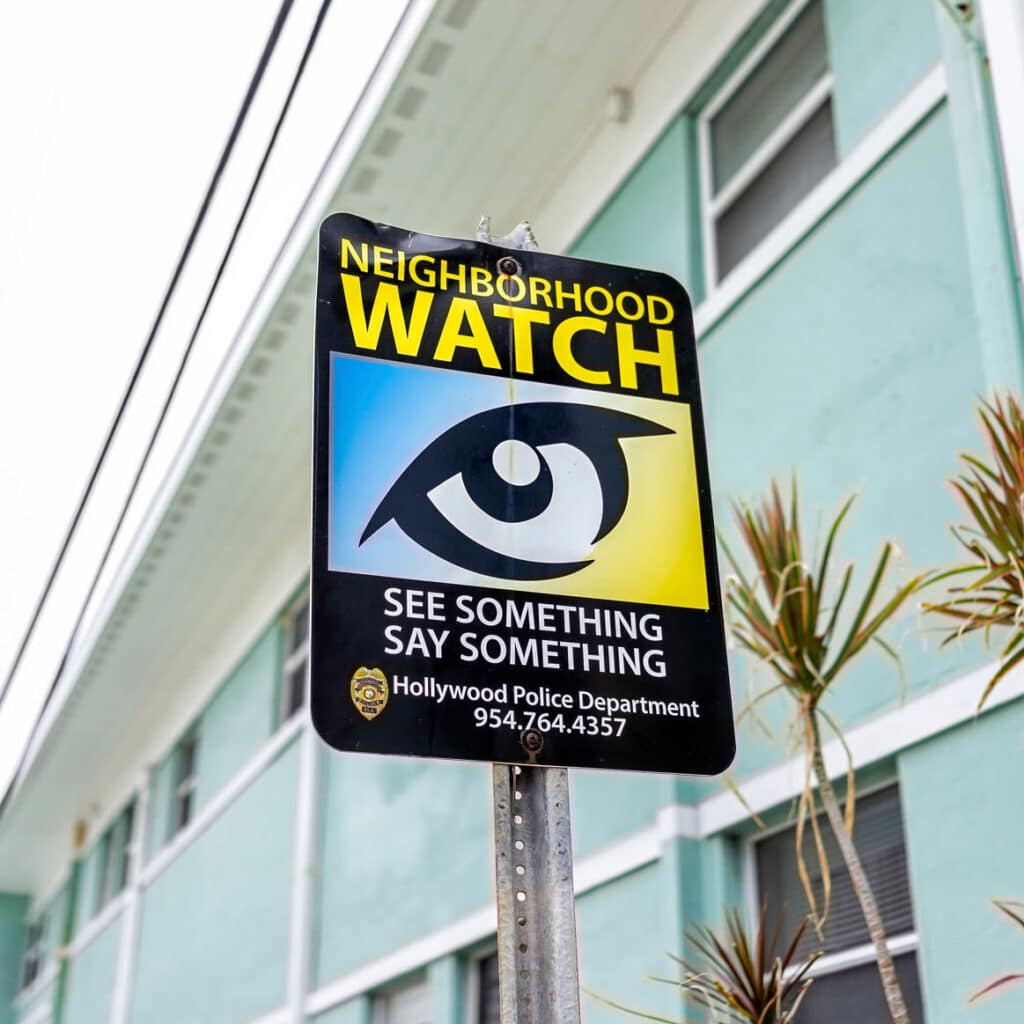
To put the overall state numbers into context, we used the average annual number of gun incidents from 2014 to 2022 and the median price of single-family residences across Florida. The median house price was $267,000 statewide, and each county had about 31 incidents per year. We calculated this average 18,150 incidents/ (66 counties nine years). (We excluded Saint Johns County due to lack of data.) This means every year, the average impact was 31 0.03% of $267,000 = $2,483. During our sample years, the median assessed value and land value were $215,920 and $40,000, respectively. This translates to a reduction of about $2,000 and $1,240, respectively. Comparing our estimates to previous academic research, some of which looked at the impacts of gun incidents at the county level, these overall effects are considerably smaller. For example, research indicated that merely revealing gun ownership caused a neighborhood’s local housing prices to fall $8,146, while a mass school shooting resulted in a 2.4% average annual decrease for four years.
Top 10 counties
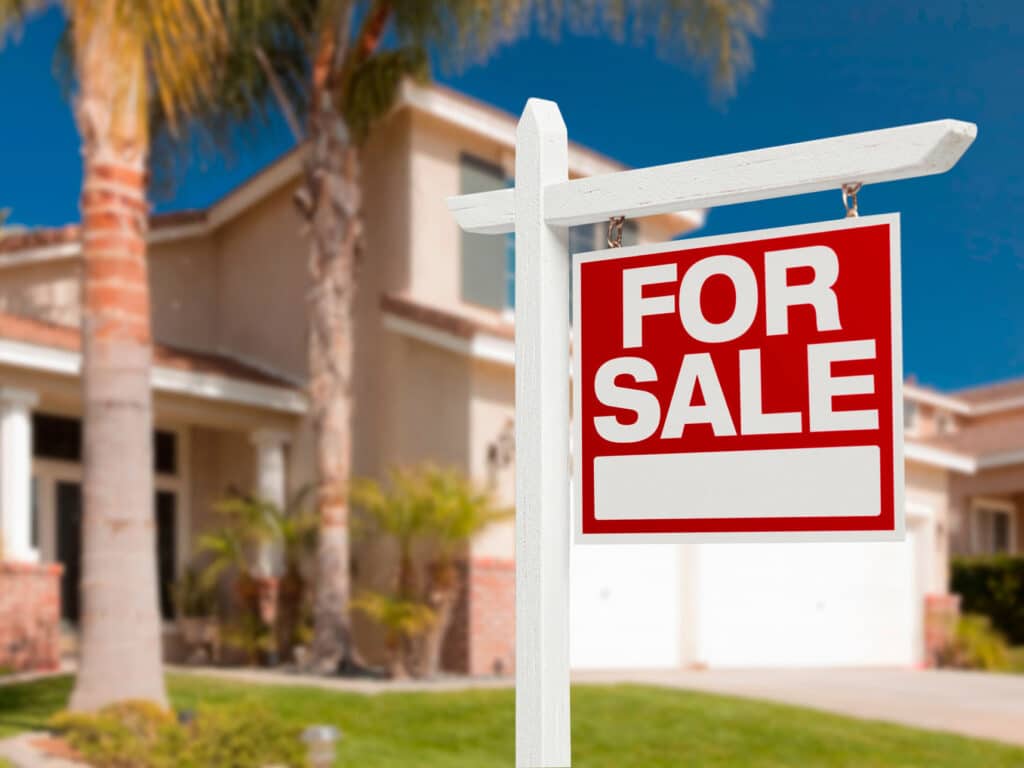
In Figure 4, we list the top 10 Florida counties ranked by the number of incidents per 100,000 people and estimated the average annual impact on sales value, assessed value and the land value for a single-family residence. The average effect on sale price ranged from $232 in Jackson County to $22,116 in the Duval County. The wide range was due to the variation in their median sales value and the average number of incidents in a year. Other than Duval, the next two most populous counties in the top 10 were Palm Beach and Orange, each of which experienced an impact of approximately $17,000 in a single-family residence sale value.
Figure 4 – Impact of Gun Incidents in Selected Florida Counties
Ranked by incidents per 100,000 people between 2014-2022 for single-family residences.
| Rank | County | Incidents/100,000 (total incidents) | Median house price | Estimated negative impact on sale | Median assessed value | Estimated Negative Impact on Assessed Value | Median Land Value | Estimated Negative Impact on Land Value |
|---|---|---|---|---|---|---|---|---|
| 1 | Duval | 344.67 (2,910) | $228,000 | $22,116 | $182,445 | $17,698 | $41,225 | $13,330 |
| 2 | Escambia | 176.29 (493) | $195,000 | $3,204 | $149,415 | $2,456 | $23,750 | $1,301 |
| 3 | Leon | 176.20 (459) | $216,000 | $3,304 | $173,755 | $2,659 | $36,000 | $1,836 |
| 4 | Orange | 159.59 (1,775) | $296,500 | $17,542 | $248,603 | $14,710 | $53,000 | $10,453 |
| 5 | Columbia | 152.56 (62) | $169,000 | $349 | $136,572 | $283 | $15,000 | $104 |
| 6 | Jackson | 138.92 (58) | $120,000 | $232 | $88,665 | $172 | $12,245 | $79 |
| 8 | Marion | 127.53 (412) | $179,900 | $2,470 | $144,634 | $2,030 | $17,316 | $811 |
| 8 | Putnam | 120.62 (88) | $150,000 | $440 | $131,730 | $387 | $19,200 | $188 |
| 9 | Gadsden | 115.31 (51) | $145,850 | $247 | $109,958 | $187 | $10,500 | $60 |
| 10 | Palm Beach | 114.91 (1,494) | $348,000 | $17,330 | $279,462 | $13,918 | $54,475 | $9,043 |
| 25 | Miami-Dade | 92.98 (2,284) | $365,000 | $27,790 | $280,026 | $21,320 | $110,000 | $27,915 |
Looking at assessed values, Duval, Orange and Palm Beach were affected by roughly $17,700, $14,700 and $13,900, respectively. These numbers were slightly below the sales values because assessed values are usually slightly lower than the sales value. Moving on to land values, we see a similar pattern. In Duval County, the median value for a single-family residence’s land was $41,000. Given the county had an average of 320 gun incidents per year, combining this with a 0.01% effect for every gun incident, each property lost approximately $13,000. The estimated impact on land value in Orange and Palm Beach counties were slightly lower, about $10,500 and $9,000, respectively. For comparison, in the table we also included Miami-Dade County, where median property values and the total number of incidents were on the higher end of the spectrum, and thus, its estimated impact was higher.
Wrapping up
We used visual and regression tools to understand and quantify the impact of gun incidents on Florida’s housing market. Our contribution to research literature is that we are looking at all gun incidents and not a subsection of incidents. While impacts vary widely between counties, a single-family home in an average county could have been sold for roughly $2,500 more if it had an average of 31 fewer incidents in a given year. The good news is that many counties have shown a significant decline in gun violence since 2022 and, if the trend continues, homeowners can recover the value of their properties, taking advantage of the increasing demand for housing in the state of Florida.
Author: Arijit Ray is a real estate researcher at the UF Bergstrom Real Estate Center.
Related stories
For the media
Looking for an expert or have an inquiry?
Submit your news
Contact us
Follow us on social
@ufwarrington | #BusinessGators
